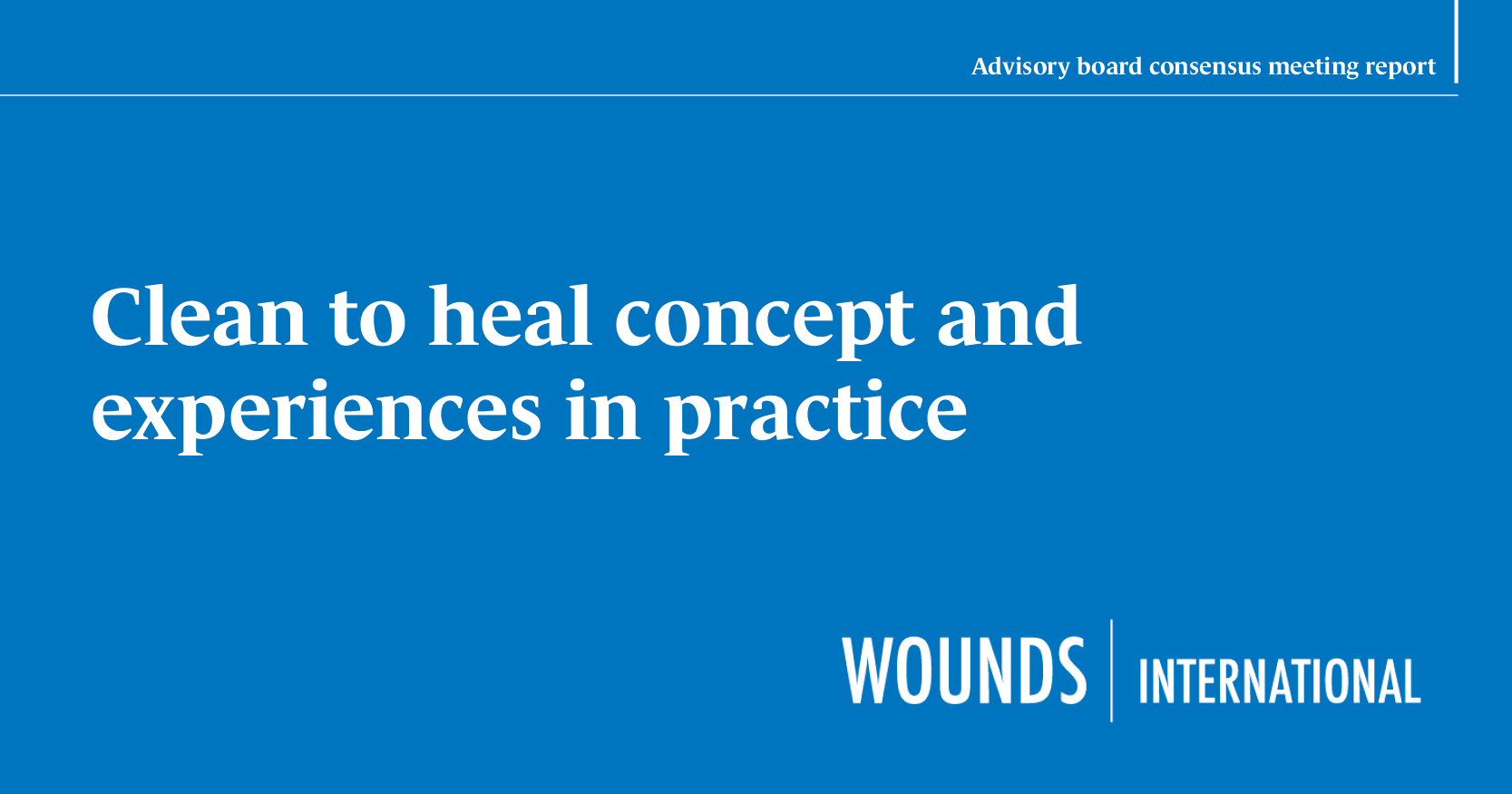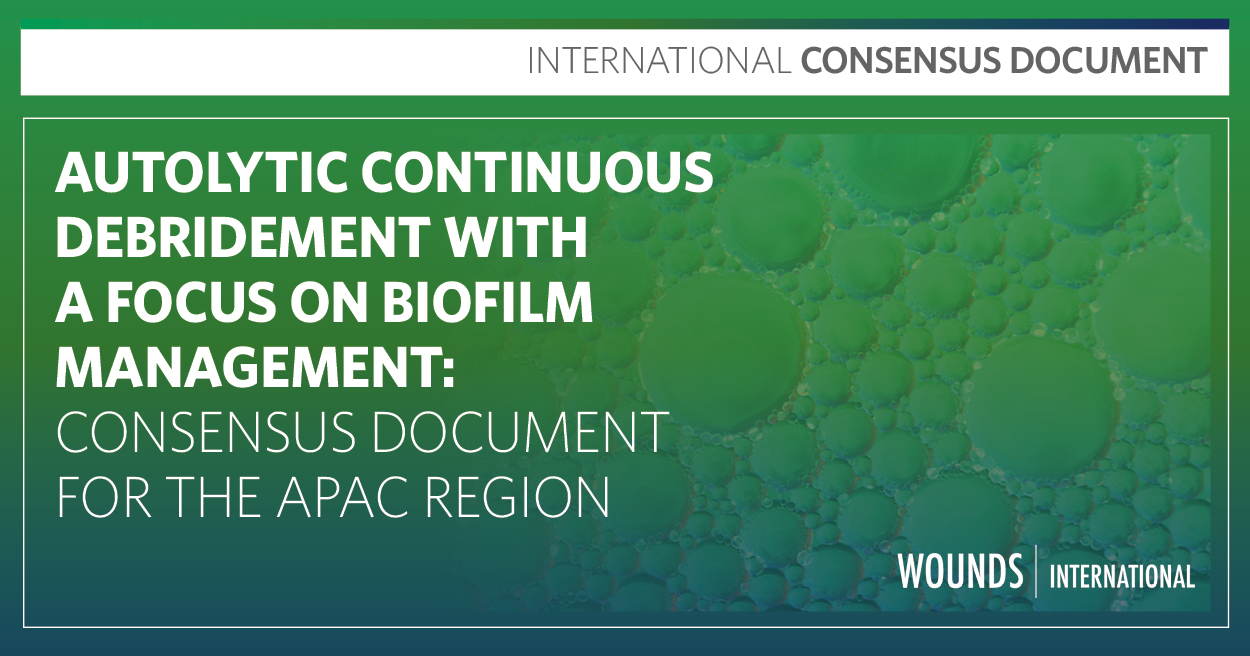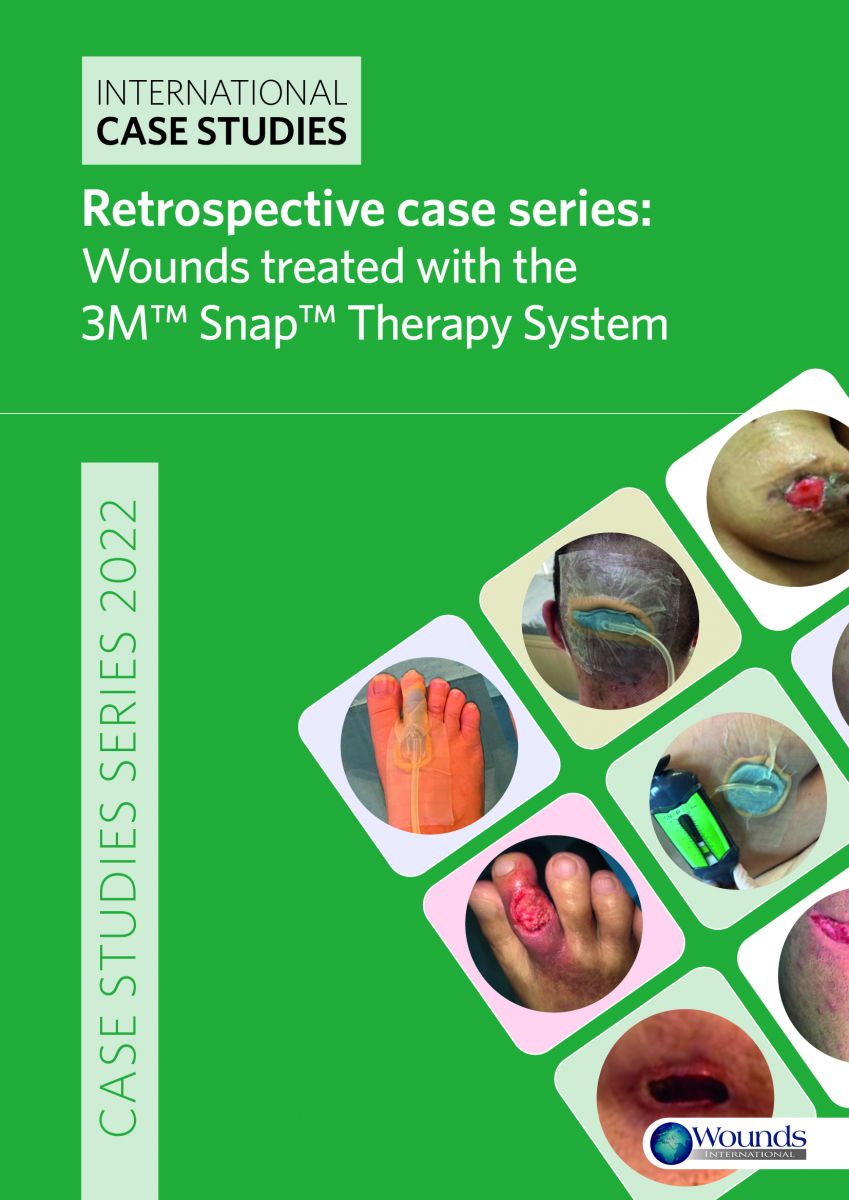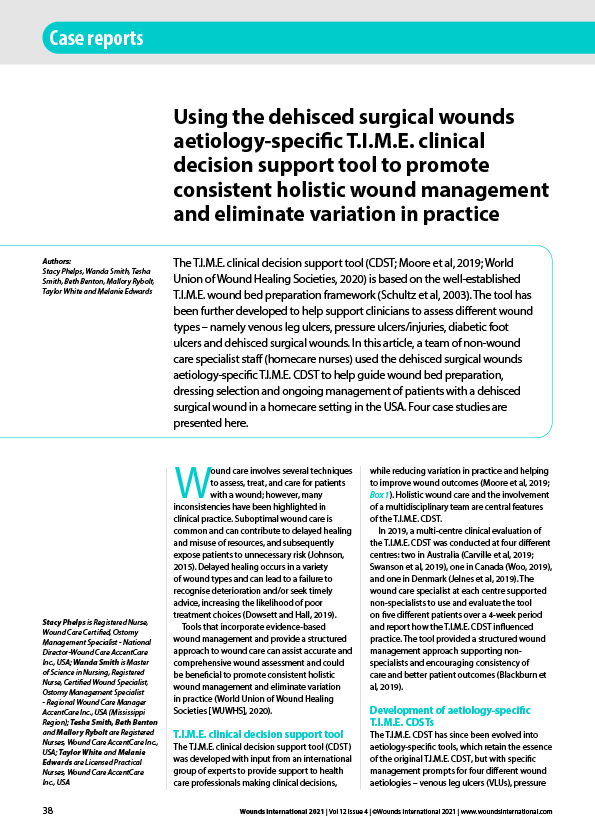<p>Maintaining adequate moisture at the wound bed is important in facilitating the removal of slough and necrosis. In clinical practice, this is addressed through cleansing and one of a number of debridement techniques. Autolytic debridement is recognised as the most frequently used technique, but is criticised for being slower than other methods. The results of a small evaluation using HydroClean<sup>®</sup> plus — a hydro-responsive dressing suggest that there may be opportunities for an alternative method of autolytic debridement. </p>






